The black lava oozing directly from the core of the reactor put out enough radiation to give a lethal dose in just 300 seconds, as per the science magazineNautil.
Being exposed to it for 30 seconds would’ve been enough to give people dizziness and fatigue. At two minutes, they would’ve hemorrhaged; at four, they would’ve experienced vomiting, diarrhea, and fever.
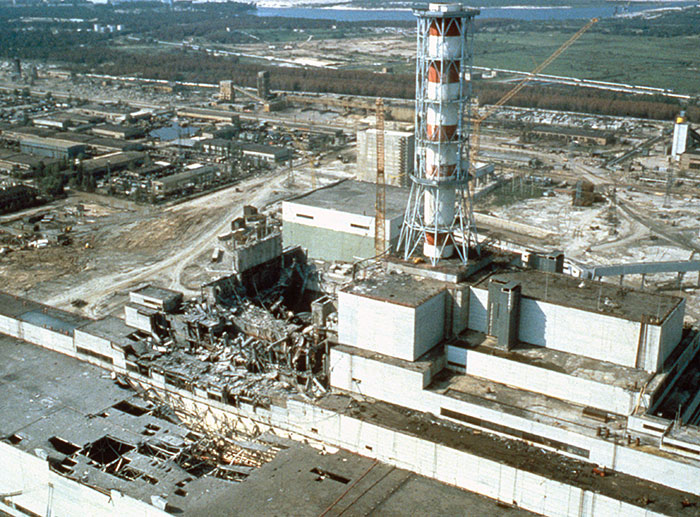
Image credits:Igor Kostin/Laski Diffusion/Getty Images
The “Elephant’s Foot,” discovered nearPripyat, northern Ukraine, consists of melted concrete, sand, core shielding, and nuclear fuel, a material that was dubbed “corium.”
To do so, they built a massive concrete enclosure to seal off the radiation from the outside world, leaving some open spaces to allow workers in.
As a result of the disaster, black lava began oozing directly from the core of thereactor
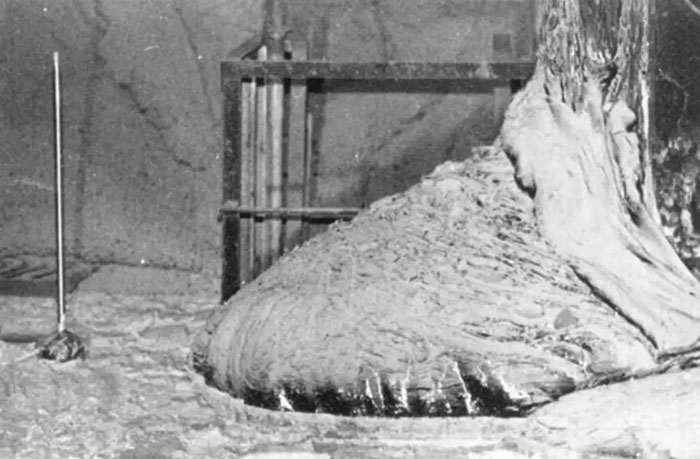
Image credits:US Department of Energy
In December of 1986, seven months after theworst disasterin the history of nuclear power generation, liquidators discovered the large, deadly mass.
From a safe distance, they used a wheeled camera device and pushed it in the direction of the “Elephant’s Foot.”
There’s also evidence of a worker, believed to be Artur Korneyev, the deputy director of the New Safe Confinement Project, approaching the corium mass to take samples.
The deadly black mass became known as Elephant’s Foot
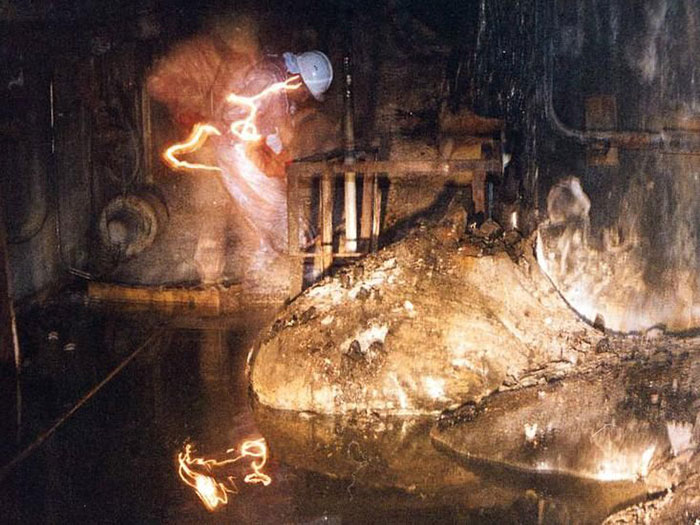
Artur also photographed the “Elephant’s Foot” using an automatic camera and a flashlight to illuminate the room.
At this time, ten years after thedisaster, the black mass was emitting one-tenth of the radiation it once had.
It consists of melted concrete, sand, core shielding, and nuclear fuel—a material dubbed “corium“
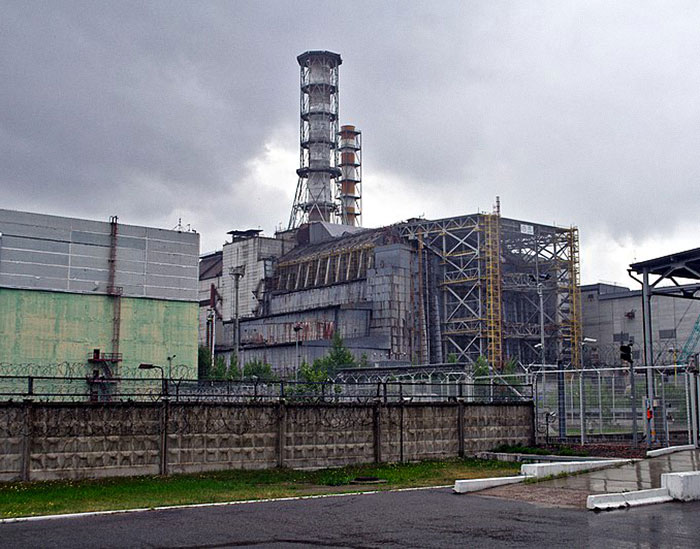
Image credits:Paweł “pbm” Szubert /Wikipedia
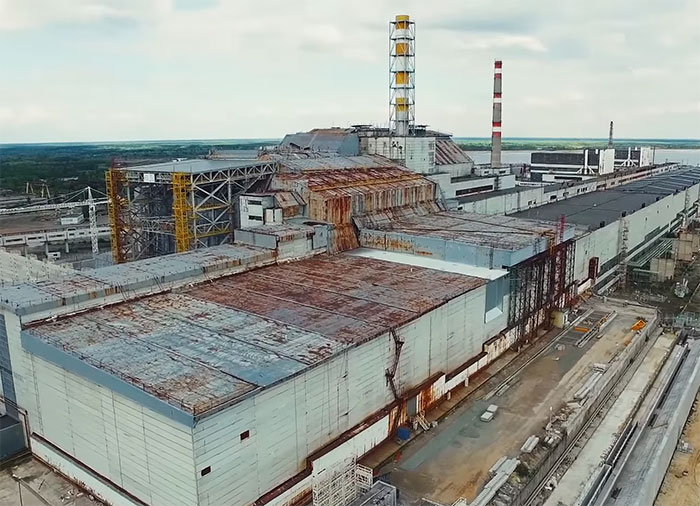
Image credits:European Bank for Reconstruction and Development
The Elephant’s Foot continues to pose a radiation hazard
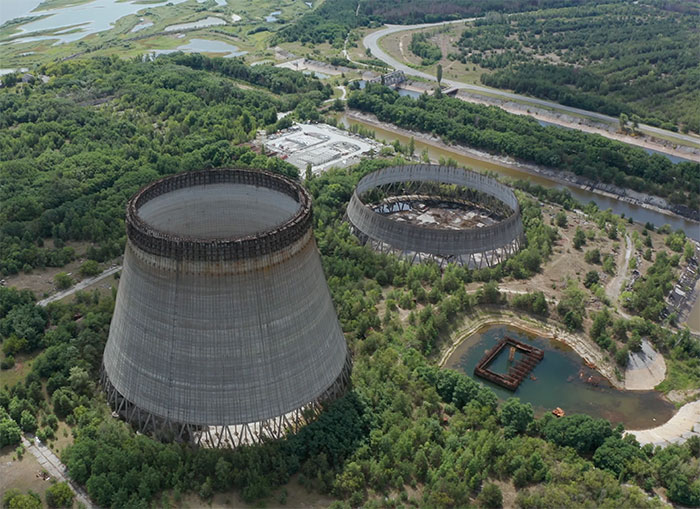
Image credits:ALL in 4K
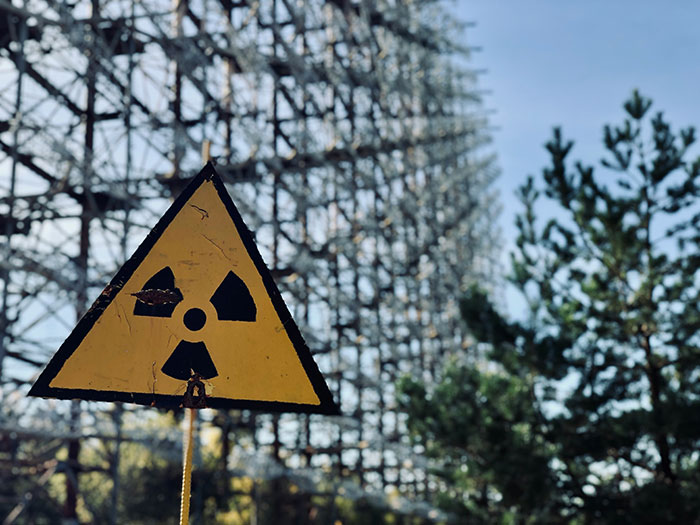
Image credits:Vladyslav Cherkasenko
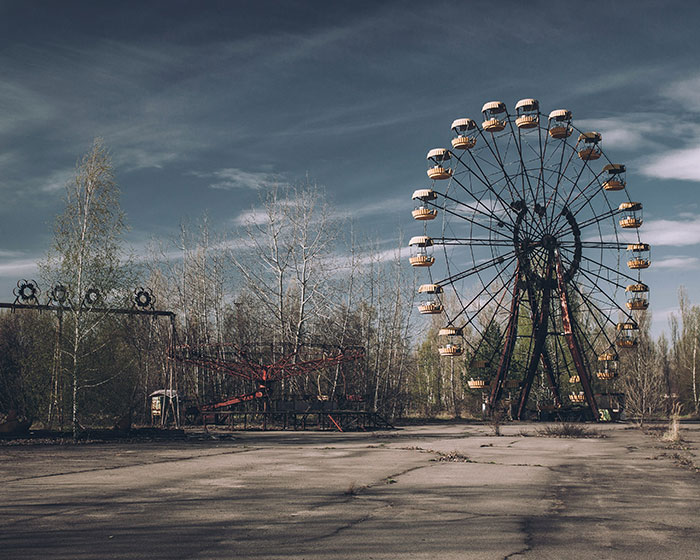
Image credits:Mads Eneqvist
“To the extent that corium retains highly radioactive fission products, plutonium, and core materials that have become radioactive, corium will have a high dose rate and remain extremely hazardous many decades or even centuries to come,”saidEdwin Lyman, director of nuclear power safety for the Union of Concerned Scientists.

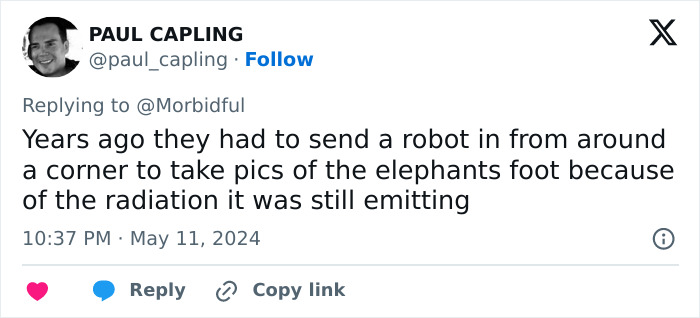

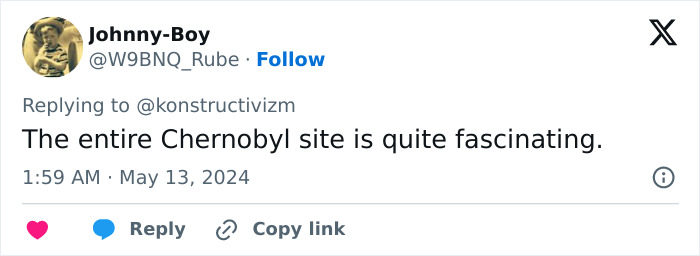


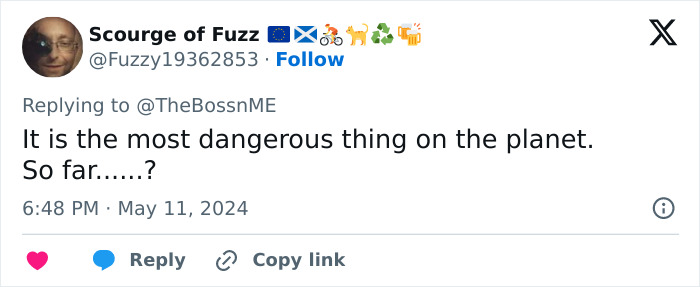



Curiosities